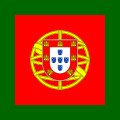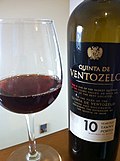This article needs additional citations for verification .(April 2014) |
The symbols of Portugal are official and unofficial flags, icons or cultural expressions that are emblematic, representative or otherwise characteristic of Portugal and of its culture.
Contents























